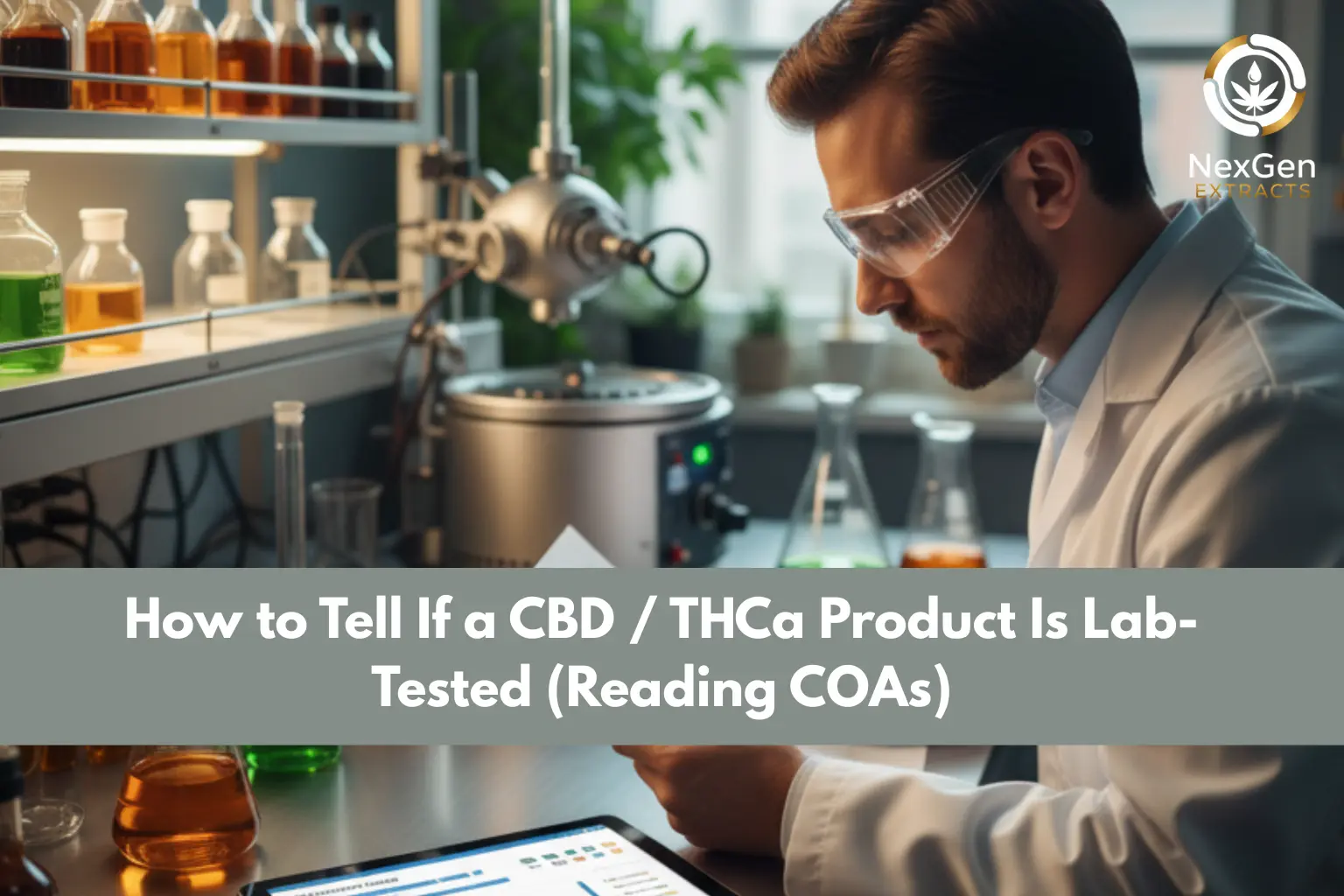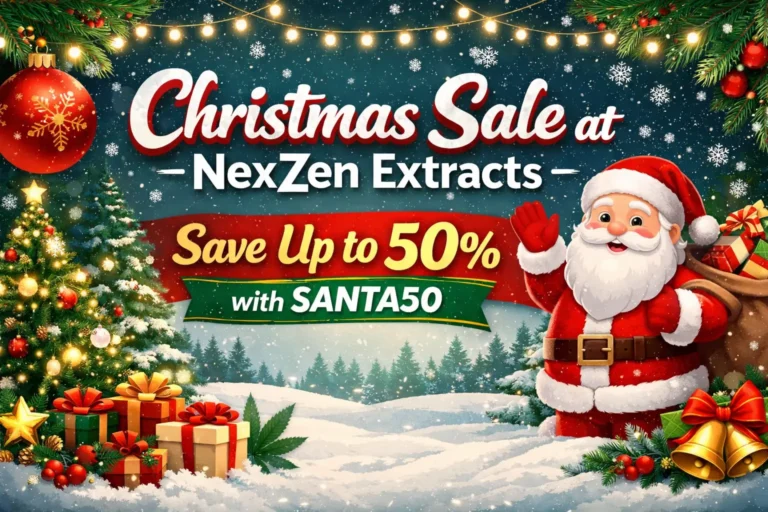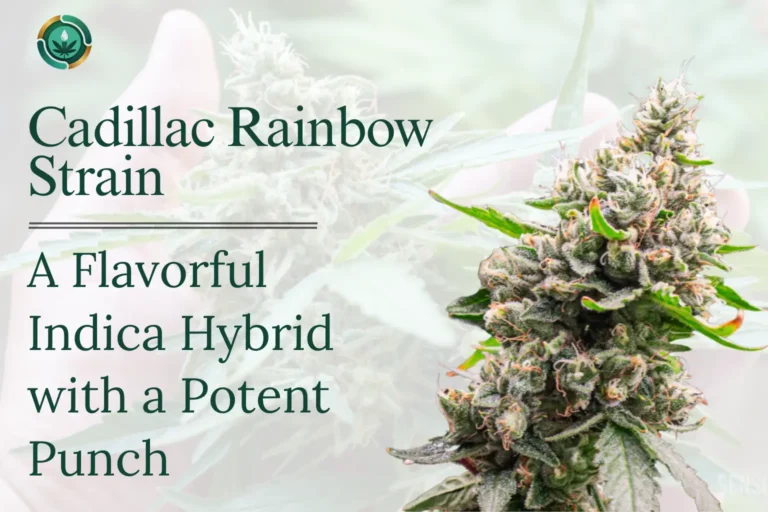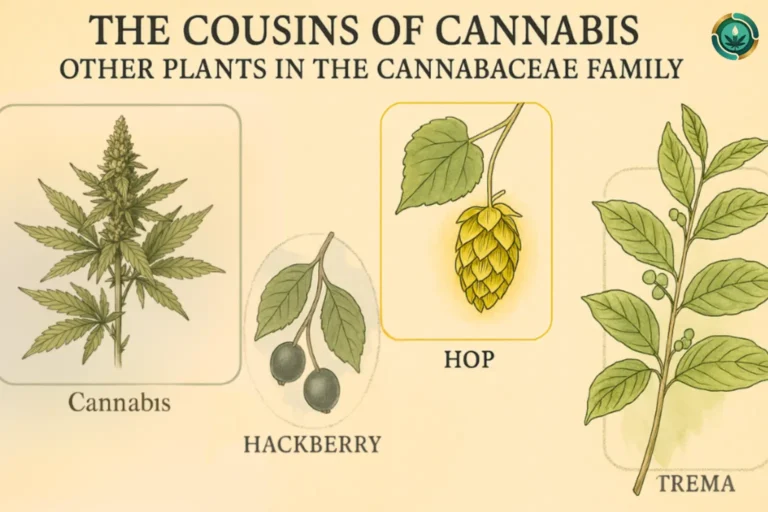
A Step-by-Step Guide to Understanding Certificates of Analysis
In today’s hemp marketplace, lab testing is more than just a formality — it’s the difference between trustworthy and potentially unsafe.
Whether you’re exploring CBD Gummies, Delta 8 THC, Delta 9 Gummies, or THCa Flower, knowing how to read a Certificate of Analysis (COA) protects you from misleading products and unsafe ingredients.
This guide walks you through how to verify a product’s lab report, spot red flags, and understand what each section means — so you can confidently choose quality products.
1. What Is a COA and Why It Matters
A Certificate of Analysis (COA) is an independent lab report issued by a third-party testing facility. It confirms what’s actually inside a hemp product.
Every reliable Delta 8 Oil, THCa Gummies, or CBD Gummies should come with one.
The COA provides details on:
- Cannabinoid potency (how much THC, CBD, or THCa is present)
- Safety tests (for heavy metals, solvents, or pesticides)
- Batch number (to trace production)
It’s your proof of transparency. Without it, you can’t verify the product’s safety or legality — especially in the U.S., where hemp-derived cannabinoids must stay below 0.3% Delta-9 THC.
2. How to Access a Product’s COA
Most ethical brands make their COAs easy to find. You can typically access them in three ways:
- QR Code on the Label – Most Delta 8 Gummies and CBD products have a scannable code leading directly to lab results.
- Brand Website – There’s often a “Lab Results” or “COA” section under each product listing.
- Request by Email – If a product doesn’t list a COA publicly, you should be able to request it directly.
⚠️ Red flag: If a company refuses or delays sharing their COA, it’s best to look elsewhere. Transparency should be instant and accessible.
3. Step 1 — Match the Batch Number
When you open a COA, the first thing to check is the batch or lot number.
It must match the number printed on your Delta 8 Oil, THCa Flower, or CBD Gummies package.
This ensures the lab results correspond to the product you purchased — not a different batch tested months ago.
If the batch number doesn’t match or is missing, that’s a major warning sign. Some companies reuse old reports to make untested products appear compliant.
4. Step 2 — Check the Cannabinoid Profile
Next, look at the cannabinoid breakdown section. This tells you exactly which cannabinoids are present and in what concentrations.
Key cannabinoids to look for:
- CBD (Cannabidiol) — main non-intoxicating compound.
- Δ8-THC (Delta 8 THC) — mildly psychoactive cannabinoid derived from hemp.
- Δ9-THC (Delta 9 THC) — primary psychoactive compound, must remain under 0.3% for legal hemp products.
- THCa (Tetrahydrocannabinolic Acid) — precursor to THC, becomes psychoactive when heated.
For compliance under U.S. hemp law, the total Delta-9 THC concentration must not exceed 0.3% on a dry weight basis.
Products like THCa Flower may appear legal in their raw form, but once decarboxylated (heated), they can convert to THC — which is why lab verification is essential.
Tip: Look for a “Total THC” or “Total Cannabinoids” percentage on the report. This helps determine potency and legality.
5. Step 3 — Review the Test Date and Lab Information
Always verify the date of testing and the lab’s accreditation details.
- Recent tests (within 6–12 months) indicate freshness and accuracy.
- Third-party labs should have their state or ISO accreditation numbers visible.
If the COA lacks an official header, contact info, or date, it could be forged or outdated.
Reputable labs clearly display their logo, license number, contact details, and a digital signature verifying authenticity.
6. Step 4 — Check for Contaminant Testing
Potency is just one part of the safety equation.
Every legitimate COA should also include contaminant screening, covering:
- Heavy Metals – Lead, mercury, cadmium, and arsenic can appear in poorly sourced hemp.
- Pesticides – Hemp absorbs chemicals from soil, so this test ensures cleaner cultivation.
- Residual Solvents – Essential for Delta 8 products since most are chemically converted from CBD.
- Microbial and Mycotoxin Tests – Detect mold, bacteria, or other unsafe organisms.
Look for “PASS” or “ND (Not Detected)” next to these categories.
If any contaminant levels exceed safe limits, the product should not be consumed.
7. Step 5 — Understand the Units and Measurements
Lab results use scientific units like mg/g (milligrams per gram) or % weight.
Here’s how to interpret them simply:
- 1% THC = 10 mg THC per gram of product.
- 5% CBD = 50 mg CBD per gram.
For example:
If a Delta 9 Gummy contains 0.25% Delta-9 THC, it’s likely compliant under federal law, assuming total weight is around 5 grams per piece.
Similarly, Delta 8 Gummies or THCa Gummies showing 20–25 mg cannabinoid content per gummy fall within normal dosage ranges.
Always check whether the COA lists both “per serving” and “per container” potency, as this affects your dosage accuracy.
8. Step 6 — Confirm Consistency Across Products
If you use multiple hemp-derived products (for example, Delta 8 Oil and CBD Gummies), check if the same lab tested all of them.
Consistency in testing shows the brand’s commitment to safety.
Random lab changes or missing reports may suggest cost-cutting or non-compliance.
Reliable companies often share a library of COAs for each product type and update them quarterly.
9. Common Red Flags on a COA
Even a polished report can hide clues of inaccuracy or manipulation. Watch out for these signs:
- No lab logo or signature
- Old testing date (over a year old)
- Unrealistically high potency claims (like 99% pure Delta 8 THC)
- Missing contaminant results
- Mismatched product name or batch ID
- Tested by an “in-house” lab without accreditation
If you notice any of these, avoid the product. The hemp industry is still developing, and unregulated vendors can mislabel or fake COAs to appear compliant.
10. Why Lab Testing Protects Both Consumers and the Industry
Third-party lab testing builds credibility, accountability, and trust in the hemp community.
For consumers, it ensures products like Delta 8 Gummies, THCa Flower, or CBD Gummies are safe and accurately labeled.
For brands, it proves regulatory compliance and prevents penalties from the FDA or state agriculture departments.
In the long run, testing keeps the market sustainable.
Without verified data, hemp products risk facing federal crackdowns — similar to how synthetic cannabinoid markets were restricted years ago.
11. Understanding “Full Panel Testing”
If you see “Full Panel Tested” on packaging, it means the product underwent every major safety screening.
A full-panel COA typically includes:
- Cannabinoid profile
- Terpenes (aromatic compounds)
- Heavy metals
- Solvents
- Pesticides
- Microbial testing
This type of test is ideal for Delta 8 THC and THCa Gummies, since their extraction processes often involve solvents or catalysts.
12. Legal Perspective — What the U.S. Requires
Under the 2018 Farm Bill, hemp products containing less than 0.3% Delta-9 THC are federally legal.
However, the FDA and DEA continue to monitor production methods, particularly synthetic conversions of Delta-8 THC.
Some states (like Colorado, New York, and Vermont) have issued their own testing and labeling mandates for all hemp-derived cannabinoids.
For instance:
- Oregon requires cannabinoid potency and safety reports before sale.
- Florida mandates QR code verification linking to the COA.
- Texas enforces batch testing and consumer disclosure rules.
Even though Delta 8 Oil and CBD Gummies remain federally legal, non-compliant testing can still trigger recalls or legal actions at the state level.
13. How to Compare COAs Between Products
When evaluating multiple brands, use a three-point checklist:
- Transparency: Can you easily find the COA?
- Completeness: Does it include all required test categories?
- Recency: Was it issued within the last 6–12 months?
The most reliable brands make it effortless to confirm every detail.
If you spend more time searching for proof than understanding it, that’s not a good sign.
14. Tips for Beginners Reading COAs
- Start by focusing on the cannabinoid section. Learn the basic abbreviations — CBD, CBG, CBN, THC, THCa.
- Don’t get overwhelmed by the numbers; look for the total percentage and compliance statement.
- Use online COA comparison tools — some websites simplify data for beginners.
- Save COAs of products you liked; this helps you spot patterns of quality over time.
15. How the Industry Is Improving Testing Standards
As hemp products like Delta 8 Gummies, Delta 9 Gummies, and THCa Flower grow in popularity, more labs are getting certified under ISO 17025 — the global standard for testing accuracy.
Some states now maintain public databases where consumers can verify lab accreditation or view recalled products.
This growing emphasis on transparency signals a more trustworthy industry.
In the near future, expect blockchain-based COAs or smart labels that automatically update as new tests occur.
16. Global Perspective on Testing
Internationally, testing regulations differ:
- Canada requires licensed labs for all THC and CBD products.
- The UK allows CBD only if tested and proven THC-free (<0.2%).
- Australia and Japan enforce zero-THC tolerance, so lab data is essential for import compliance.
In short, while lab testing began as a voluntary process, it’s now a global requirement for trade, safety, and consumer trust.
17. Final Checklist Before You Buy
Before you buy any Delta 8 THC, THCa Flower, or CBD Gummies, confirm the following:
✅ COA is available and recent
✅ Batch number matches the product
✅ Third-party lab tested (not in-house)
✅ Heavy metals, pesticides, solvents “PASS”
✅ Cannabinoid profile lists all actives clearly
✅ THC content under 0.3% for legal hemp
If all boxes are checked, you’re buying a compliant, trustworthy hemp product.
18. Key Takeaways
- Always check for a valid, recent Certificate of Analysis before buying.
- Verify cannabinoid levels, safety tests, and lab authenticity.
- Avoid products without matching batch IDs or missing safety data.
- U.S. law allows hemp-derived cannabinoids under 0.3% Delta-9 THC.
- Lab transparency protects you and strengthens the hemp community.
19. The Bottom Line
Reading a COA isn’t as complicated as it looks. It’s about protecting your health, money, and peace of mind.
As hemp-derived cannabinoids like Delta 8 Gummies, THCa Gummies, and CBD Gummies continue to grow in popularity, COAs are your best defense against unsafe or illegal products.
At NexGen Extracts, our mission is simple — to help consumers understand the hemp world with clarity, accuracy, and transparency.
The more informed you are, the safer and more rewarding your experience will be.



